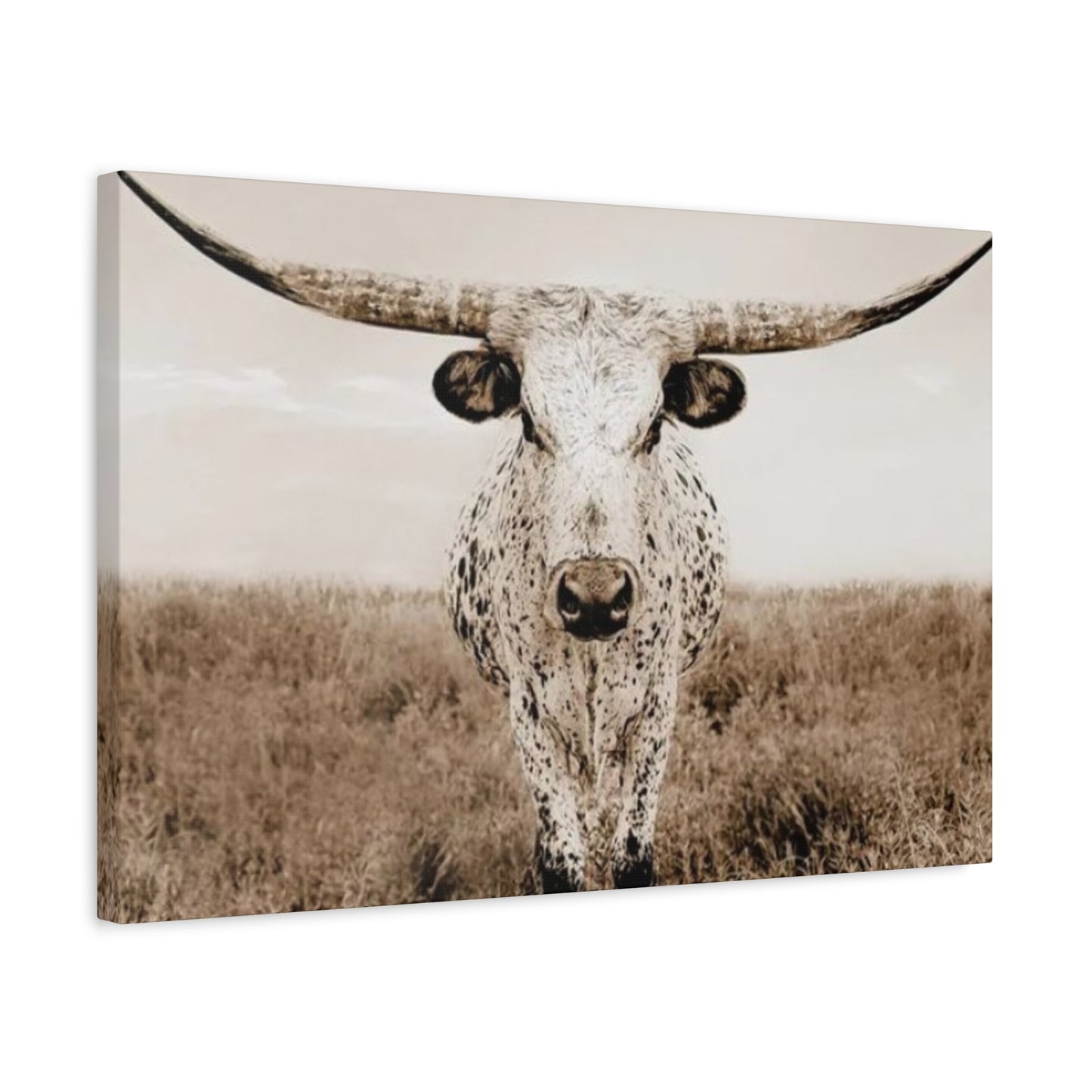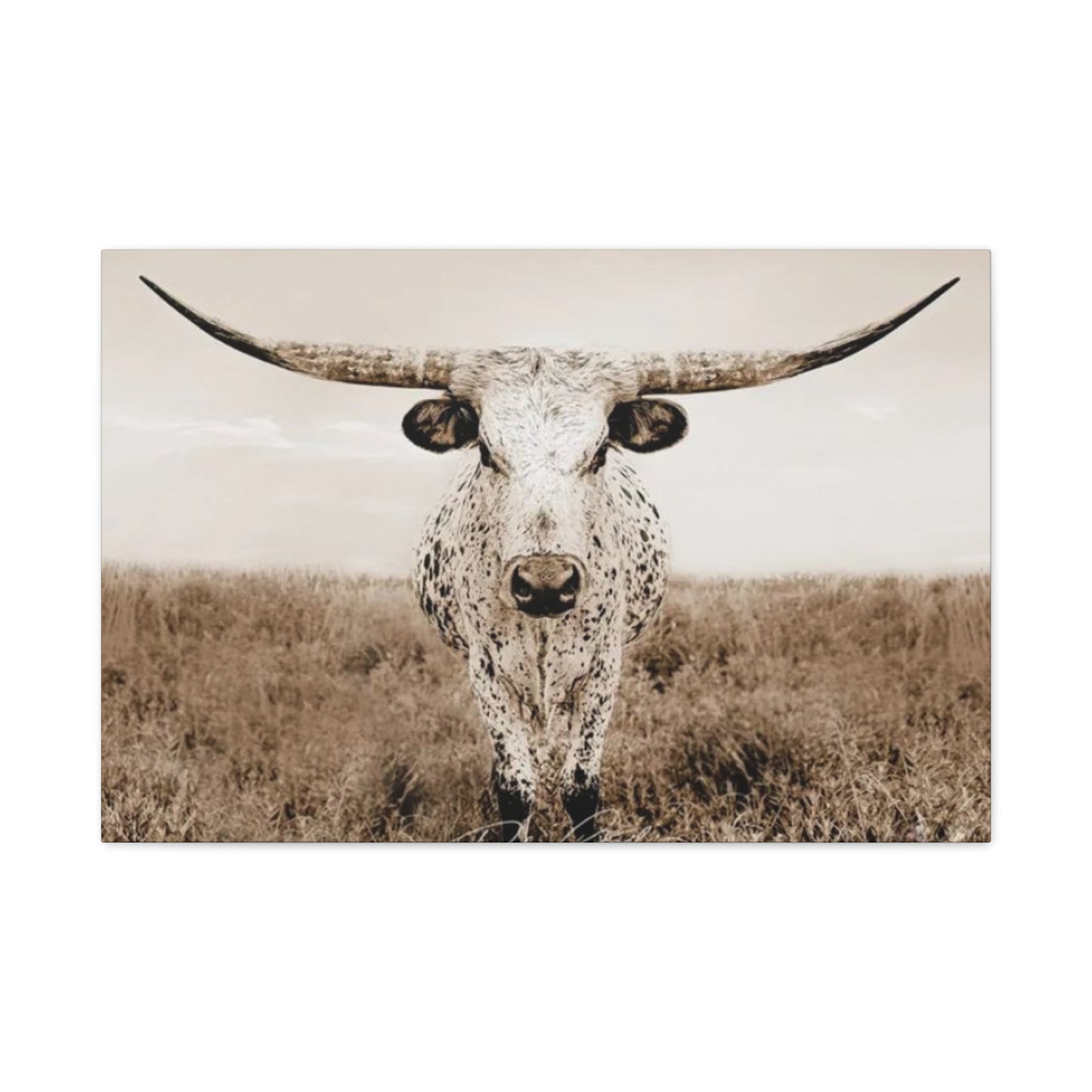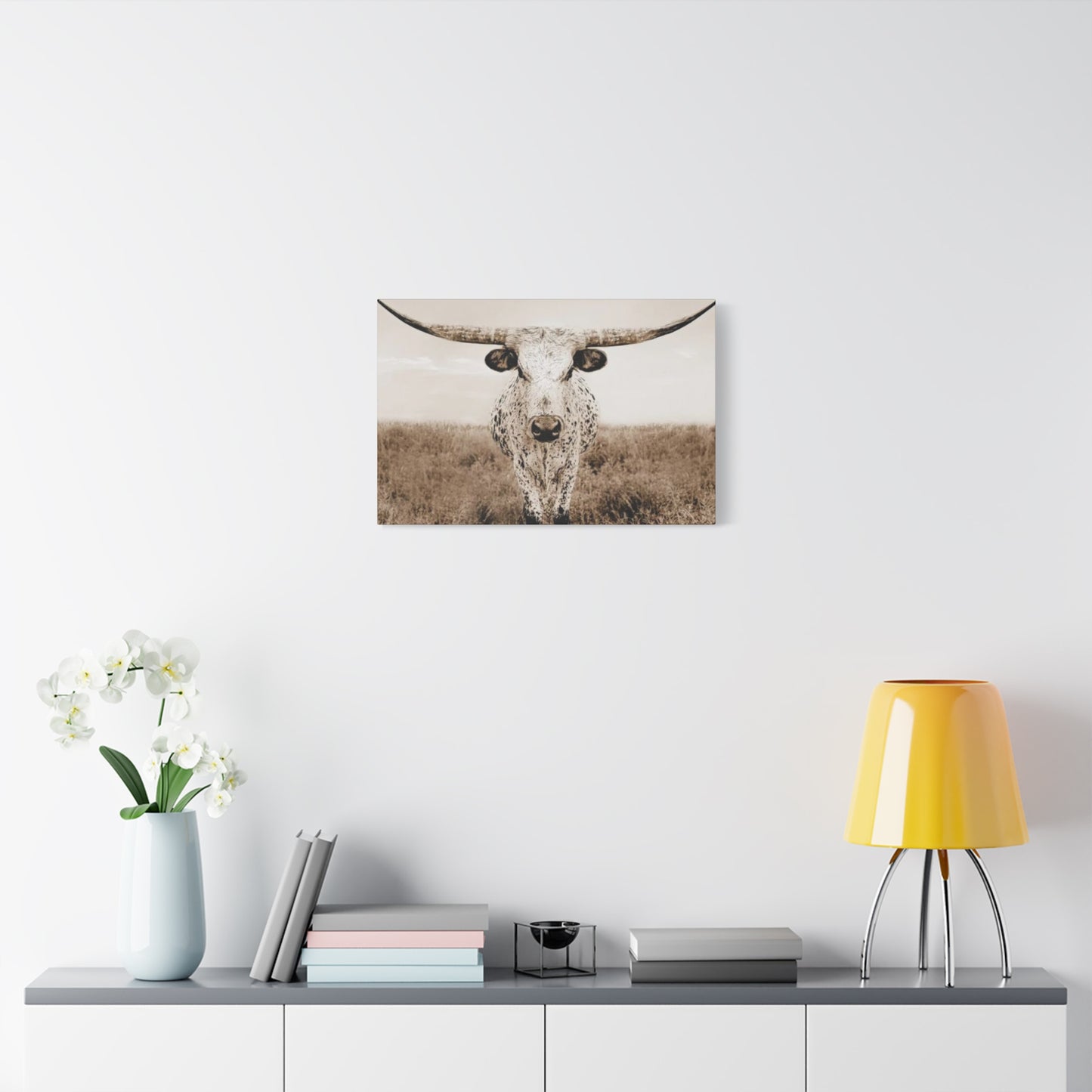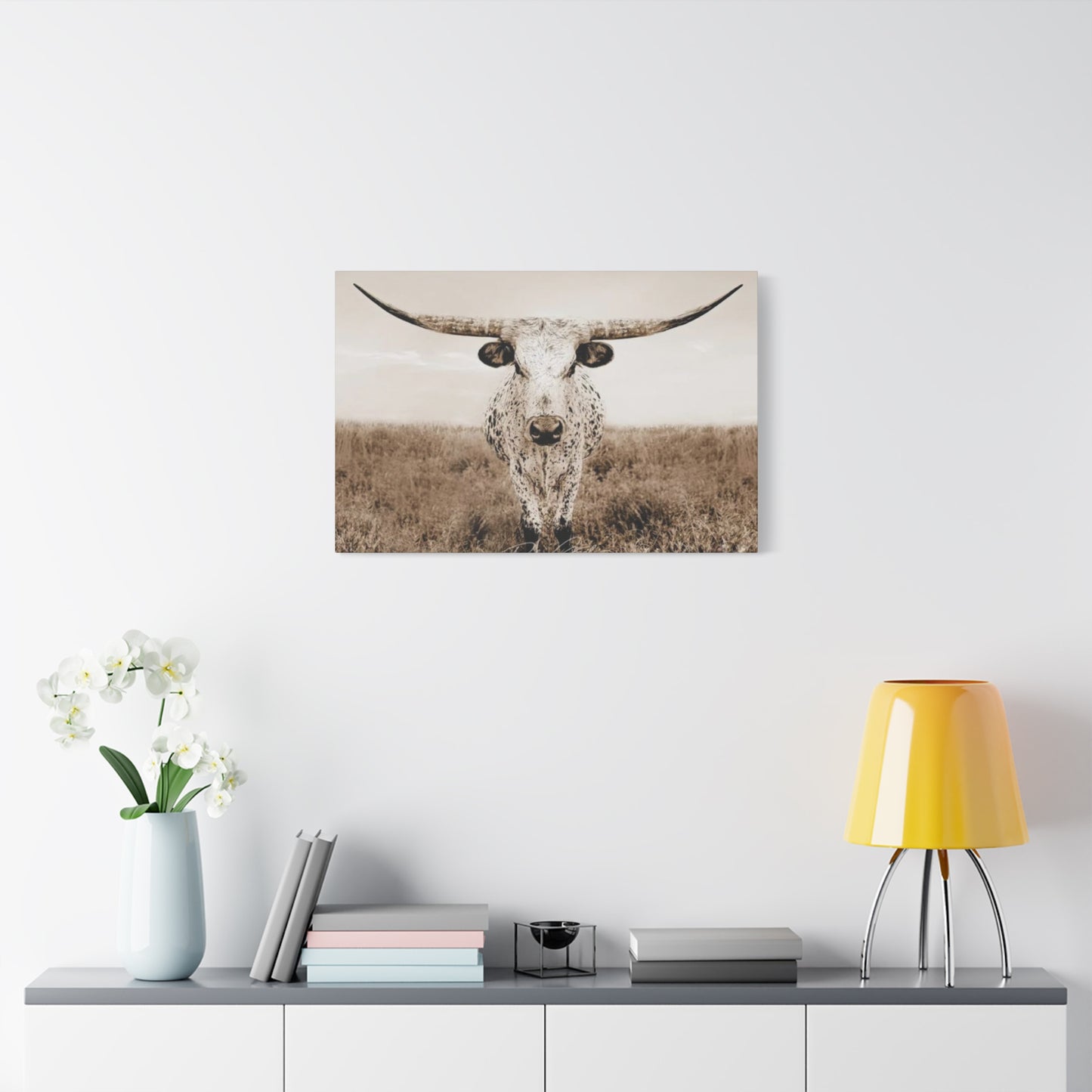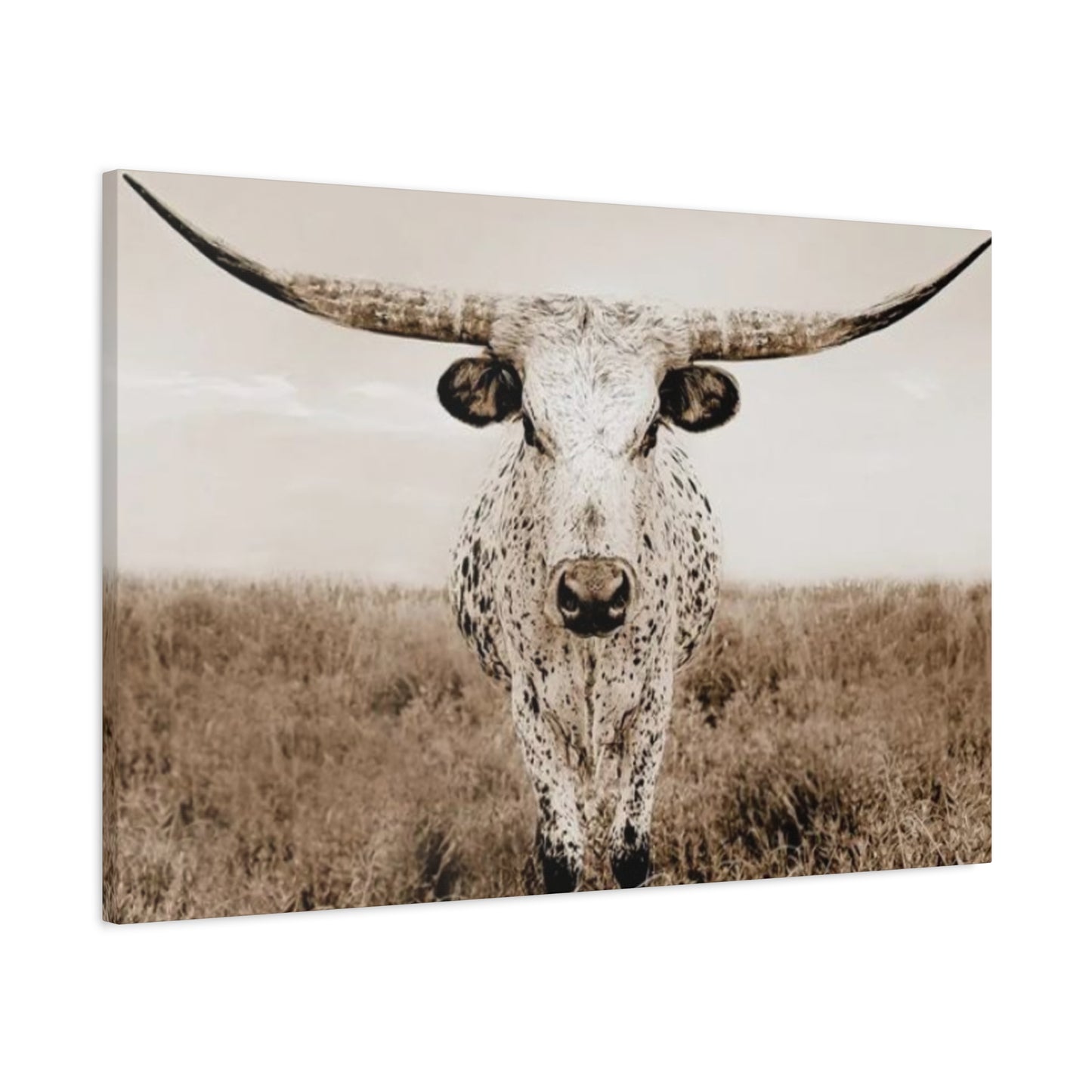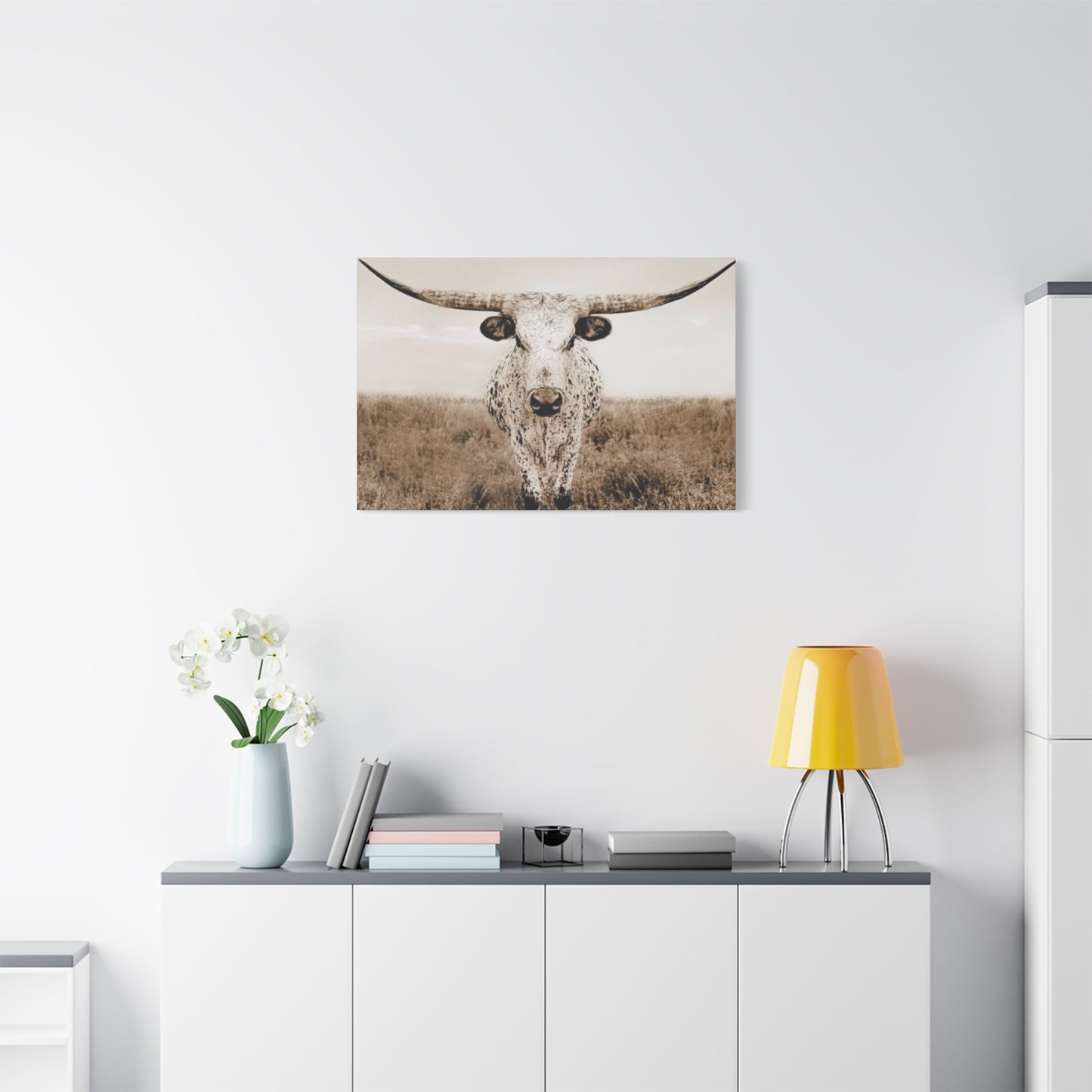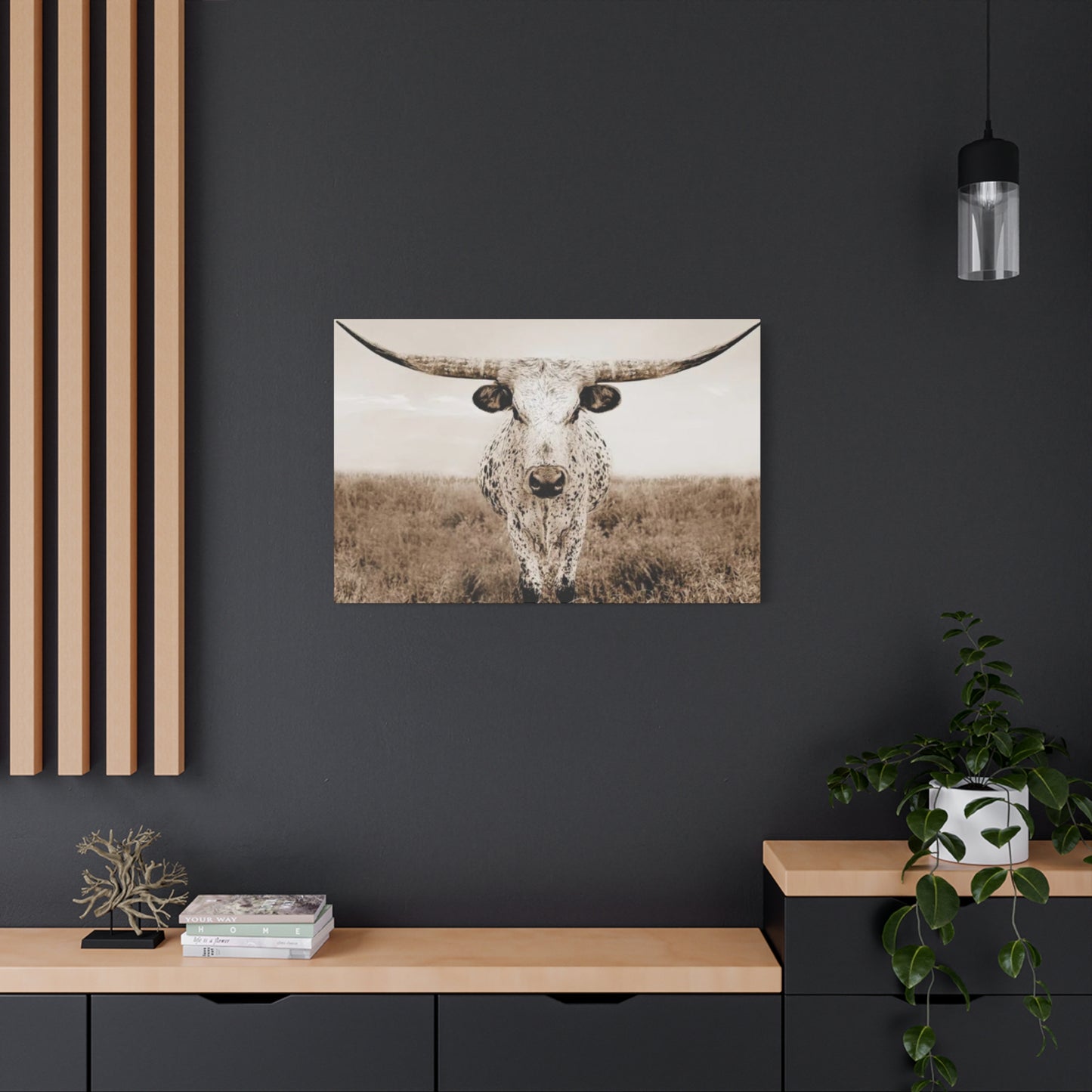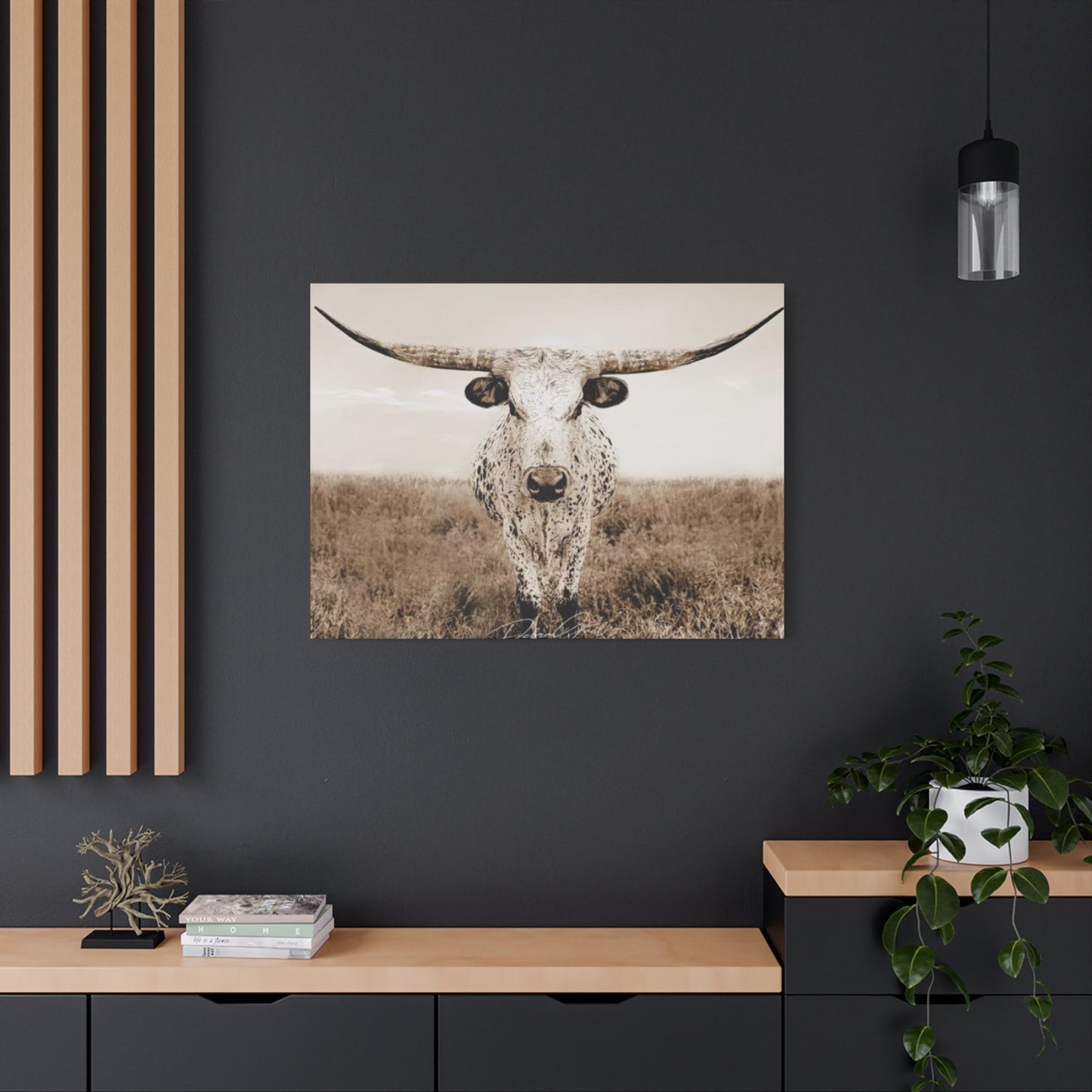Majestic Straight Long Horn Wall Art: Elevating Interior Spaces with Natural Elegance
The world of interior decoration continues to evolve, bringing forth exceptional pieces that merge natural beauty with contemporary design sensibilities. Among these remarkable decorative elements, straight long horn wall art stands as a testament to timeless elegance and organic sophistication. This distinctive form of decoration has captured the attention of homeowners, interior designers, and collectors who appreciate the raw beauty of natural materials transformed into stunning visual statements.
Straight long horn wall art represents more than mere decoration; it embodies a connection to nature, heritage, and craftsmanship. These magnificent pieces serve as conversation starters, focal points, and artistic expressions that breathe life into any space they inhabit. The unique characteristics of each horn, combined with thoughtful mounting and presentation techniques, create one-of-a-kind artworks that cannot be replicated through mass production.
The popularity of this decorative element has grown exponentially in recent years, as individuals seek authentic, sustainable, and meaningful additions to their living environments. Whether adorning the walls of a rustic ranch house, complementing the industrial aesthetic of an urban loft, or adding unexpected texture to a minimalist modern space, straight long horn wall art demonstrates remarkable versatility and enduring appeal.
The Historical Significance and Cultural Heritage Behind Horn Decoration
Throughout human history, horns have held profound symbolic meaning across numerous cultures and civilizations. Ancient societies revered these natural formations as symbols of strength, prosperity, and protection. Archaeological evidence reveals that horns have been incorporated into decorative arts, ceremonial objects, and functional items for thousands of years, demonstrating their enduring significance in human culture.
In many traditional societies, particularly those with strong pastoral and ranching traditions, horns represented wealth and status. The size and quality of livestock horns often indicated the prosperity of a household or community. This cultural significance transformed horns from simple byproducts of animal husbandry into valued decorative elements that conveyed social standing and appreciation for natural beauty.
Native American tribes utilized horns in various ceremonial contexts, incorporating them into headdresses, musical instruments, and decorative objects. These applications reflected deep spiritual connections to the animals that provided sustenance and materials for daily life. The respect and reverence shown to these natural elements created a tradition of mindful use that continues to influence contemporary approaches to horn decoration.
European cultures, particularly in regions with strong hunting traditions, developed their own conventions for displaying horns as trophies and decorative elements. Medieval castles and manor houses featured mounted horns as symbols of hunting prowess and connection to the land. This tradition evolved over centuries, influencing modern interior design practices that incorporate natural elements into living spaces.
The American West developed a distinct aesthetic that prominently featured horns in both functional and decorative capacities. Cowboys, ranchers, and frontier settlers recognized the practical applications of horns while also appreciating their visual appeal. This dual appreciation laid the foundation for the contemporary popularity of horn wall art in rustic and Western-inspired interior design schemes.
Modern appreciation for straight long horn wall art builds upon these historical foundations while incorporating contemporary design sensibilities. Today's enthusiasts value these pieces not only for their aesthetic qualities but also for their connection to heritage, sustainability, and authentic natural materials. This evolution demonstrates how traditional elements can remain relevant and desirable in contemporary contexts.
Natural Characteristics That Make Long Horns Exceptional Decorative Elements
The intrinsic qualities of long horns make them particularly well-suited for artistic display and interior decoration. Each horn possesses unique characteristics that distinguish it from others, ensuring that every piece of wall art carries its own distinct personality and visual signature. Understanding these natural attributes helps appreciate the exceptional nature of these decorative elements.
The length of straight long horns creates dramatic visual impact that commands attention in any space. Specimens can range from several feet to truly impressive lengths exceeding six or seven feet, providing options for various spatial requirements and design preferences. This extraordinary length allows for graceful curves and elegant lines that guide the eye and create movement within a room.
Coloration in natural horns presents a remarkable spectrum ranging from deep ebony blacks to warm honey tones, with countless variations including brindle patterns, white markings, and gradual color transitions. These natural color variations occur due to genetic factors, environmental conditions, and the age of the animal, resulting in truly unique pigmentation that cannot be artificially replicated with the same authenticity and depth.
The surface texture of long horns displays fascinating complexity, featuring growth rings, subtle ridges, and variations in smoothness that tell the story of the animal's life. These textural elements catch and reflect light in captivating ways, creating visual interest that changes throughout the day as lighting conditions shift. The tactile quality of horn surfaces invites closer examination and appreciation of natural craftsmanship.
The structural integrity of horns makes them exceptionally durable decorative elements capable of lasting for generations when properly cared for. The dense composition of horn material resists deterioration and maintains its form over time, making these pieces genuine investment-quality artworks. This longevity contributes to their value as heirloom pieces that can be passed down through families.
The natural curves and shapes of straight long horns, despite the descriptor "straight," actually feature gentle arcs and sweeping lines that create elegant silhouettes. These organic curves occur naturally as the horn grows, responding to genetic programming and environmental factors. The resulting shapes possess an inherent grace that distinguishes them from artificially manufactured decorative elements.
Weight distribution in long horns creates balanced pieces that, when properly mounted, appear to float effortlessly on walls despite their substantial physical presence. The tapering from base to tip creates natural weight distribution that facilitates secure mounting while maintaining visual lightness. This balance between physical substance and visual delicacy contributes to their appeal as sophisticated decorative elements.
Varieties and Types of Long Horn Wall Art Available
The market for straight long horn wall art encompasses diverse options that cater to various aesthetic preferences, spatial requirements, and budget considerations. Understanding the range of available varieties helps collectors and decorators make informed decisions that align with their specific needs and design visions.
Single horn displays represent the most straightforward presentation format, featuring one magnificently long horn mounted individually on a wall. This approach emphasizes the unique characteristics of the particular specimen, allowing viewers to appreciate its specific qualities without visual competition. Single horn displays work exceptionally well in spaces where simplicity and focused attention create the desired aesthetic impact.
Paired horn displays present two horns arranged symmetrically or asymmetrically to create balanced compositions. These arrangements can feature horns from the same animal, providing matched coloration and similar growth patterns, or combine horns from different sources to create intentional contrast and visual dialogue. Paired displays offer greater design flexibility and can fill larger wall spaces more effectively than single specimens.
Multi-horn installations incorporate three or more horns arranged in carefully composed groupings that create gallery-wall effects. These complex arrangements allow for creative expression through varied positioning, spacing, and orientation of individual elements. Multi-horn displays can span entire walls, creating dramatic focal points that define and anchor interior spaces with bold visual statements.
Mounted skull and horn combinations preserve the natural relationship between horns and the cranial structure from which they grew. These pieces appeal to collectors who appreciate anatomical authenticity and the complete natural form. Skull mounts range from fully preserved specimens to cleaned and treated skulls that emphasize bone structure and horn placement, offering various aesthetic options within this category.
Decorative horn pieces incorporate additional artistic elements such as carved bases, metal accents, or integrated lighting features that enhance the natural beauty of the horns while adding contemporary design elements. These enhanced presentations bridge traditional natural materials with modern artistic sensibilities, creating hybrid pieces that appeal to diverse design preferences.
Polished and finished horn displays feature horns that have undergone various treatment processes to enhance their natural luster, deepen coloration, or create specific surface effects. These finishing techniques range from simple cleaning and sealing to elaborate polishing protocols that bring out hidden depth in the horn material. The level of finishing significantly impacts the overall appearance and aesthetic character of the piece.
Rustic natural finish horns maintain their original surface characteristics with minimal intervention, preserving the authentic appearance that develops through natural weathering and aging processes. These pieces appeal to collectors who value unaltered natural materials and the honest beauty of items that show their age and history. Rustic finishes work particularly well in spaces emphasizing organic, authentic design elements.
Sourcing and Ethical Considerations in Horn Collection
The ethical dimension of acquiring straight long horn wall art deserves careful consideration, as responsible sourcing practices ensure that these beautiful decorative elements come from legitimate, sustainable sources. Understanding the provenance and acquisition methods for horns helps consumers make choices that align with their values regarding animal welfare and environmental responsibility.
Naturally shed horns represent the most ethically straightforward source material, though it's important to note that true horns, unlike antlers, are not naturally shed by cattle. However, horns do become available through natural livestock mortality on ranches and farms where animals live out natural lifespans. These sources provide horn material without requiring animals to be raised or processed specifically for decorative purposes, making them particularly appealing to ethically conscious consumers.
Ranch and farm sources provide horns as byproducts of normal agricultural operations where cattle are raised primarily for other purposes. Working with established agricultural operations ensures that horn collection occurs within existing livestock management systems rather than creating additional demand for animal products. These partnerships support rural economies while providing authentic materials for decorative arts.
Vintage and antique horn collections offer historically significant pieces that have already spent decades or even centuries in human possession. Acquiring these established pieces through estate sales, auctions, and antique dealers prevents these materials from being discarded while preserving cultural artifacts. Vintage horns often display distinctive patinas and character that cannot be found in contemporary specimens.
Legal compliance represents a critical aspect of horn sourcing, as various regulations govern the collection, sale, and transportation of animal products including horns. Reputable dealers maintain thorough documentation regarding the origin of their materials and comply with all applicable local, state, and federal regulations. Consumers should request and verify this documentation when acquiring horn wall art.
International trade considerations come into play when horns are sourced from other countries, as import and export regulations vary significantly between jurisdictions. The Convention on International Trade in Endangered Species regulates cross-border movement of certain animal products, and responsible dealers ensure full compliance with these requirements. Understanding these legal frameworks protects consumers from inadvertently acquiring improperly sourced materials.
Sustainability practices in horn sourcing emphasize utilizing materials that would otherwise go to waste, transforming agricultural byproducts into valued decorative arts. This approach aligns with broader movements toward sustainable consumption and reduced waste in consumer goods. By creating demand for materials that would otherwise be discarded, the horn art market contributes to more complete utilization of animal products.
Conservation partnerships between horn dealers and wildlife conservation organizations create beneficial relationships that support habitat preservation and species protection efforts. Some dealers donate portions of proceeds to conservation causes or participate in programs that directly benefit wild populations of horned species. These partnerships allow consumers to contribute to conservation while acquiring beautiful decorative pieces.
Selecting the Perfect Straight Long Horn Wall Art for Your Space
Choosing the right horn wall art requires thoughtful consideration of multiple factors including spatial dimensions, existing decor elements, personal aesthetic preferences, and practical installation requirements. A methodical approach to selection ensures that the chosen piece integrates seamlessly into its intended environment while delivering maximum visual impact and satisfaction.
Spatial assessment begins with accurate measurement of available wall space, considering both physical dimensions and visual proportions. Long horns require adequate clearance on all sides to be fully appreciated, so measurements should account for the complete sweep of the horn rather than just its mounted footprint. Ceiling height becomes particularly relevant for extremely long specimens that may approach or exceed six feet in length.
Scale relationships between horn size and room dimensions significantly impact visual effectiveness. Oversized horns in small spaces can overwhelm the environment, while modest specimens in expansive rooms may appear lost or insignificant. The goal is achieving appropriate scale that creates presence without dominating, contributing to spatial balance rather than disrupting it.
Color coordination involves assessing how horn coloration will interact with existing wall colors, furniture finishes, and decorative accents throughout the space. Dark horns create dramatic contrast against light walls, while lighter specimens can provide subtle texture against neutral backgrounds. Consider whether the horn's natural coloration will complement or intentionally contrast with the surrounding palette.
Style compatibility ensures that the chosen horn display aligns with the overall design aesthetic of the space. While horn art demonstrates remarkable versatility, certain presentation styles naturally harmonize with particular design approaches. Rustic spaces welcome weathered natural finishes, while contemporary environments might benefit from polished specimens with clean mounting hardware.
Viewing angles and sight lines determine optimal placement for maximum impact and appreciation. Consider the primary traffic patterns through the space and the positions from which the horn art will most frequently be viewed. Placement that allows the horn's length and curve to be appreciated from multiple angles typically provides the most satisfying viewing experience.
Lighting conditions in the installation space significantly affect how horn art appears throughout the day. Natural light reveals the subtle color variations and textural details in horn surfaces, while artificial lighting can be strategically positioned to create dramatic shadows and highlights. Assessing existing lighting and planning for potential supplemental illumination enhances the final presentation.
Budget considerations encompass not only the purchase price of the horn art itself but also associated costs including mounting hardware, professional installation if required, and any display enhancements such as specialized lighting. Establishing a realistic budget that accounts for all related expenses prevents unexpected financial surprises during the acquisition and installation process.
Installation Methods and Mounting Techniques for Horn Wall Art
Proper installation of straight long horn wall art requires attention to structural requirements, aesthetic considerations, and safety factors that ensure secure, attractive, and lasting displays. Understanding various mounting methods and their respective advantages helps achieve professional results that showcase the horn while protecting both the artwork and the wall surface.
Wall structure assessment represents the critical first step in any horn installation project, as the weight and leverage of long horns demand adequate structural support. Identifying studs, determining wall composition, and evaluating load-bearing capacity ensures that mounting hardware can be securely anchored to support the horn's weight over time. Proper structural assessment prevents installation failures that could damage both the horn and surrounding areas.
Direct mounting brackets provide the most straightforward installation approach, utilizing specialized hardware designed specifically for horn display. These brackets typically feature padded contact surfaces that protect the horn while providing secure retention. Direct mounting creates the appearance of the horn floating directly on the wall surface without visible intermediate support structures.
French cleat systems offer exceptional stability and adjustability for horn installations, particularly for heavier or longer specimens. This mounting method distributes weight across a broader area and allows for easy removal and repositioning of the horn without disturbing wall anchors. French cleats provide professional-grade security while maintaining relatively clean aesthetic lines.
Custom mounting plates can be fabricated to accommodate specific horn shapes and sizes while providing secure attachment points that align with available wall studs. These plates, typically made from metal or reinforced wood, transfer the horn's weight to multiple anchor points rather than concentrating stress on a single location. Custom plates allow for optimal weight distribution tailored to individual specimens.
Adhesive mounting methods using specialized construction adhesives or epoxy compounds can supplement mechanical fasteners for additional security, particularly when attaching horns to mounting plates or brackets. These adhesives create permanent bonds that prevent shifting or rotation over time. However, adhesive-only mounting is generally insufficient for long horns without supplemental mechanical fastening.
Wire suspension systems employ nearly invisible support wires to create the illusion of floating horns, particularly effective for artistic installations featuring multiple specimens. This approach requires secure ceiling or upper wall anchors capable of supporting the full weight of the display. Wire systems offer maximum flexibility for creating dynamic, three-dimensional arrangements.
Professional installation services provide expertise in assessing structural requirements, selecting appropriate hardware, and executing secure mounting that accounts for specific conditions in each space. For particularly valuable, heavy, or long horn specimens, professional installation offers peace of mind and ensures proper techniques are employed. The investment in professional services often proves worthwhile for high-value pieces or challenging installation scenarios.
Incorporating Horn Wall Art Into Various Interior Design Styles
The remarkable versatility of straight long horn wall art enables successful integration into diverse interior design styles ranging from traditional to contemporary, rustic to refined. Understanding how horn displays complement different aesthetic approaches helps decorators maximize visual impact while maintaining stylistic coherence throughout spaces.
Southwestern design naturally embraces horn wall art as a fundamental element that reinforces regional character and cultural heritage. In these contexts, horns pair beautifully with warm earth tones, natural materials like leather and wood, and traditional patterns inspired by indigenous textile arts. The organic forms of horn displays provide textural contrast to the geometric patterns common in Southwestern decor while reinforcing connections to the region's ranching heritage.
Modern farmhouse aesthetics benefit significantly from the authentic natural elements that horn displays provide, balancing the style's blend of contemporary simplicity with rustic character. Horn art introduces organic curves and natural textures that soften the clean lines and neutral palettes typical of farmhouse interiors. The contrast between sleek modern furnishings and raw natural horn creates the dynamic tension that defines successful modern farmhouse design.
Industrial style spaces gain unexpected sophistication through the addition of horn wall art, which introduces organic elements that counterbalance the hard edges and manufactured materials characteristic of industrial design. The juxtaposition of natural horn against exposed brick, metal fixtures, and concrete surfaces creates compelling visual dialogue. Polished horn finishes particularly complement the refined industrial aesthetic that balances raw materials with purposeful design.
Minimalist interiors can incorporate horn displays as carefully selected statement pieces that command attention without cluttering visual space. In minimalist contexts, a single exceptional horn specimen can serve as the primary decorative element in an otherwise spare environment. The organic sculpture of a long horn provides visual interest and focal point without violating minimalist principles of restraint and intentionality.
Traditional and classic design schemes welcome horn art as distinctive accents that add character and individuality to refined spaces. When incorporated thoughtfully, horn displays prevent traditional interiors from appearing stuffy or overly formal by introducing elements of nature and unpredictability. Paired with quality antiques and classic architectural details, horn art reinforces appreciation for craftsmanship and natural materials.
Eclectic design approaches embrace horn wall art as unique accent pieces that contribute to the layered, collected appearance characteristic of this style. In eclectic spaces, horns can coexist comfortably with diverse decorative elements from various periods and origins. The key to successful integration in eclectic environments lies in thoughtful placement that creates visual conversation between disparate elements rather than chaotic competition.
Contemporary design accommodates horn displays when presented with clean mounting solutions and strategic placement that emphasizes sculptural qualities. Contemporary spaces often employ horn art as organic counterpoints to sleek modern furnishings and architectural elements. Careful attention to display techniques and surrounding negative space ensures that horn pieces read as intentional artistic choices rather than incongruous additions.
Creating Cohesive Display Arrangements With Multiple Horn Pieces
When working with multiple horn specimens to create gallery-style displays or complex wall arrangements, careful planning and compositional consideration ensure visually balanced, aesthetically pleasing results. Multi-horn displays offer opportunities for creative expression while requiring thoughtful approach to spacing, orientation, and relationship between individual elements.
Compositional balance in multi-horn displays can follow either symmetrical or asymmetrical principles depending on desired aesthetic effects. Symmetrical arrangements create formal, orderly impressions through mirror-image placement of similar specimens. Asymmetrical compositions offer more dynamic, contemporary feelings through intentional imbalance that still achieves overall visual equilibrium through careful distribution of visual weight.
Spacing considerations determine how individual horn pieces relate to one another and to the overall composition. Adequate spacing allows each horn to be appreciated individually while maintaining visual connection to neighboring elements. The specific spacing depends on horn sizes, wall dimensions, and desired density of the overall display, with general principles suggesting spacing roughly equivalent to one-quarter to one-third of the longest horn's length.
Orientation variations within multi-horn displays create visual rhythm and prevent monotony that can result from parallel positioning of all elements. Alternating horn orientations, angles, and facing directions generates movement and guides viewers' eyes through the composition. Varied orientation also accommodates different horn shapes and curves while maintaining compositional cohesion.
Height relationships between horns in vertical arrangements should consider the natural sight lines and viewing distances in the space. Placing longer or more dramatic specimens at primary viewing height ensures they receive appropriate attention, while supporting elements can be positioned above or below to create vertical flow. Staggered heights add depth and dimension to multi-horn displays.
Color distribution across multi-horn compositions requires attention to how different horn colorations interact and balance within the overall display. Grouping similar tones creates areas of color density, while distributing varied colorations evenly throughout the composition maintains visual consistency. Consider how color patterns guide the eye and contribute to overall compositional flow.
Size progression in multi-horn arrangements can follow gradual transitions from largest to smallest specimens, creating graduated sequences that provide visual structure. Alternatively, contrasting sizes can be juxtaposed to create emphasis and focal points within the larger composition. The chosen approach to size relationships significantly impacts the character and feeling of the overall display.
Thematic consistency in multi-horn displays might unite specimens through similar finishing treatments, horn types from related species, or coordinated mounting hardware that creates visual continuity. This consistency provides cohesive threads that tie individual elements into unified compositions. However, too much consistency can result in monotonous displays, so strategic variation maintains interest while preserving overall unity.
Caring for and Maintaining Long Horn Wall Art
Proper maintenance ensures that straight long horn wall art retains its beauty, structural integrity, and visual impact for generations. While horns are naturally durable materials, appropriate care practices preserve their appearance and prevent deterioration that can result from environmental factors, improper cleaning, or neglect.
Regular dusting removes accumulated particulate matter that can dull horn surfaces and obscure natural coloration and texture. Soft, dry microfiber cloths work effectively for routine dusting without scratching or damaging horn surfaces. Dusting should occur at least monthly in most environments, with increased frequency in particularly dusty conditions or high-traffic areas where airborne particles accumulate more rapidly.
Deep cleaning for horns requires gentle approaches that preserve natural surface characteristics while removing accumulated grime that regular dusting doesn't address. Slightly damp cloths can be used for more thorough cleaning, but excessive moisture should be avoided as prolonged exposure to water can damage horn material. Mild soap solutions may be used sparingly for particularly soiled areas, followed immediately by drying with clean, soft cloths.
Conditioning treatments help preserve horn material by preventing excessive drying and maintaining natural flexibility. Specialized horn conditioners or simple natural oils like mineral oil can be applied sparingly to nourish the material and restore subtle luster to surfaces that have become dull over time. Conditioning should occur infrequently, perhaps once or twice yearly, as excessive application can create buildup or alter appearance.
Environmental control represents an important aspect of long-term horn preservation, as extreme conditions can cause deterioration. Maintaining moderate, stable humidity levels prevents excessive drying that can lead to cracking or splitting. Similarly, avoiding direct prolonged exposure to intense sunlight prevents color fading and surface degradation. Spaces with consistent temperature and humidity provide optimal conditions for horn displays.
Pest prevention requires vigilance, as certain insects find horn material attractive. Regular inspection for signs of insect activity allows early detection and intervention before significant damage occurs. Maintaining clean environments and addressing any pest issues promptly protects horn collections from infestation. Natural deterrents and proper environmental management typically suffice for pest prevention in residential settings.
Structural inspection of mounting hardware and attachment points should occur periodically to ensure continued secure installation. Check that brackets, fasteners, and anchors remain tight and that no shifting or loosening has occurred. Early detection of mounting issues prevents catastrophic failures that could result in dropped horns and resulting damage to both the specimen and surrounding areas.
Damage repair for horns requires specialized knowledge and techniques, making professional conservation services advisable for valuable specimens. Minor surface scratches might be addressed through careful polishing, while cracks or breaks demand expert intervention. Attempting significant repairs without proper expertise can worsen damage or permanently alter the horn's appearance and value.
The Investment Value and Collectability of Horn Wall Art
Straight long horn wall art occupies an interesting position in the collectibles market, with certain specimens commanding significant prices based on factors including size, quality, rarity, and aesthetic characteristics. Understanding the elements that contribute to horn value helps collectors make informed acquisition decisions while building meaningful collections.
Size parameters significantly influence horn values, with exceptional length generally correlating to increased desirability and pricing. Specimens exceeding six feet in length represent relatively rare finds that appeal to serious collectors and command premium prices. However, size alone doesn't determine value, as other quality factors can make shorter horns equally or more valuable than longer but less exceptional specimens.
Color rarity affects collectability, with unusual colorations or distinctive markings increasing value beyond common color variations. Horns displaying rare brindle patterns, dramatic contrasts, or unique pigmentation attract collector interest and premium pricing. The degree of color rarity and aesthetic appeal of specific patterns varies among collectors, creating specialized niches within the broader market.
Condition assessment considers factors including surface integrity, absence of cracks or damage, and retention of original character. Pristine horns naturally command higher prices than damaged specimens, though minor imperfections may be acceptable or even desirable if they contribute to authentic aged appearance. Professional assessment helps determine whether condition issues represent acceptable character or problematic damage.
Provenance documentation adds value to horn specimens with known histories, particularly those with connections to notable ranches, historical figures, or significant events. Documented provenance provides assurance of authenticity while adding narrative interest that enhances collectability. Maintaining detailed records of acquisition and history preserves this value component for future transactions.
Market trends in horn collectibles show generally stable demand with periodic fluctuations based on interior design trends and collector interest. The market remains relatively specialized compared to mainstream art markets, creating opportunities for knowledgeable collectors to acquire quality pieces at reasonable prices. Long-term value retention appears strong for exceptional specimens, particularly as appreciation for natural materials and sustainable decorative arts continues growing.
Investment considerations for horn collections should balance aesthetic appreciation with financial objectives. While some collectors focus primarily on investment potential, others prioritize personal enjoyment and aesthetic satisfaction with financial return representing secondary concern. The most successful collecting approaches typically combine appreciation for the materials themselves with informed decision-making regarding acquisition and care.
Authentication challenges exist in the horn market, as accurately identifying species, determining age, and confirming claimed provenance require expertise that not all buyers possess. Working with reputable dealers who provide detailed information and guarantee authenticity protects collectors from misrepresented or fraudulent pieces. Developing personal knowledge through research and experience enhances ability to assess horns independently.
Pairing Horn Wall Art With Complementary Decorative Elements
Successfully integrating straight long horn wall art into comprehensive interior design schemes requires thoughtful consideration of complementary decorative elements that enhance rather than compete with horn displays. Strategic pairing of horns with supporting decorative pieces creates cohesive, visually satisfying environments.
Natural fiber textiles including leather, wool, jute, and sisal harmonize beautifully with horn wall art by reinforcing organic themes and natural material palettes. Area rugs, upholstery, and window treatments in these materials create textural layering that complements the tactile qualities of horn surfaces. The earth tones common in natural fibers coordinate naturally with horn colorations without requiring exact matching.
Wood furnishings and architectural elements provide natural partners for horn displays, as both materials celebrate organic origins and natural beauty. Reclaimed wood pieces with visible grain patterns and aged patinas particularly enhance horn art by sharing similar character and authenticity. The warm tones of wood finishes generally complement horn colorations while providing visual continuity throughout spaces.
Metal accents in bronze, copper, or aged iron introduce complementary textural elements that contrast with horn's organic character while maintaining warm tonal relationships. Metal light fixtures, hardware, and decorative accessories provide opportunities to echo the curves and flowing lines visible in horn shapes. The interplay between organic horn and crafted metal creates sophisticated visual dialogue.
Stone and mineral elements including granite, slate, or quartzite surfaces establish connections to earth and natural materials that contextually support horn displays. Stone fireplace surrounds, countertops, or decorative objects reinforce appreciation for natural materials while providing cool tonal counterpoints to warm horn colorations. The permanence and weight of stone complements the enduring quality of horn pieces.
Botanical elements through plants and natural greenery add living organic components that enhance horn displays' connection to nature. Large-scale potted plants with dramatic foliage create visual bridges between horn art and surrounding spaces while introducing color and movement. The combination of living plants and preserved natural materials creates layers of organic interest.
Artwork and photography depicting landscapes, animals, or natural subjects creates thematic coherence when displayed near horn art. These visual elements can echo the natural origins of horns or provide contextual narrative about the environments where horned animals live. Careful selection ensures that supporting artwork complements rather than visually competing with horn displays.
Lighting fixtures that illuminate horn displays while contributing to overall ambiance deserve careful selection. Directional spotlights, picture lights, or strategically placed accent lighting can dramatically enhance horn appreciation by emphasizing texture, highlighting form, and creating shadows that add dimension. Lighting becomes both functional illumination and additional decorative element.
Addressing Common Concerns and Misconceptions About Horn Decor
Various concerns and misconceptions surround the use of straight long horn wall art in interior spaces, ranging from practical questions about installation and maintenance to ethical considerations regarding horn sources. Addressing these issues directly provides clarity for those considering horn displays while dispelling unfounded concerns.
Odor concerns sometimes arise regarding whether horns emit unpleasant smells, particularly in warm environments. Properly cleaned and prepared horns do not produce noticeable odors, as any organic matter has been removed during preparation processes. Occasional faint natural scents might be detected immediately after unpacking newly acquired pieces, but these dissipate quickly and don't represent ongoing issues in properly prepared specimens.
Weight worries about wall damage from heavy horn installations are legitimate concerns that proper mounting techniques address effectively. While long horns possess substantial weight, appropriate hardware and installation methods distribute loads safely across wall structures without causing damage. Professional installation or following manufacturer specifications for mounting hardware ensures secure displays that don't compromise wall integrity.
Safety considerations regarding sharp horn tips warrant attention, particularly in households with young children or in high-traffic areas. Naturally pointed horn tips can be carefully rounded or capped with protective covers if sharp points present concerns. Thoughtful placement at appropriate heights and away from areas where accidental contact might occur addresses most safety considerations while maintaining display integrity.
Allergic reactions to horn material occur extremely rarely, as the keratinous composition of horns generally doesn't trigger allergic responses. Individuals with severe sensitivities to animal products might exercise caution, but horns don't produce the dander or proteins that cause common animal allergies. Dust accumulation on any decorative object, not the horn material itself, represents the more likely concern for allergy sufferers.
Style limitations represent misconceptions, as some believe horn art only suits rustic or Western design schemes. In reality, horn displays demonstrate remarkable versatility and can enhance diverse interior styles when appropriately presented. Contemporary mounting techniques and thoughtful integration allow horns to complement modern, minimalist, and even formal traditional spaces.
Cost barriers sometimes prevent people from considering horn wall art, believing that all pieces command prohibitively high prices. While exceptional specimens can indeed represent significant investments, the market includes options at various price points. Smaller horns, pieces with minor imperfections, or vintage specimens often provide accessible entry points for those interested in horn decoration without extreme expenditure.
Maintenance demands are sometimes overestimated, with concerns that horn art requires intensive specialized care. In reality, horn displays need minimal maintenance consisting primarily of occasional dusting and very infrequent conditioning. Compared to many decorative elements requiring regular cleaning, repair, or replacement, horns represent relatively low-maintenance additions to interior spaces.
Regional Variations in Horn Art Styles and Preferences
Geographic and cultural factors influence preferences for straight long horn wall art, creating distinct regional styles and presentation conventions that reflect local heritage, aesthetic sensibilities, and design traditions. Understanding these variations provides insight into the diverse ways horn displays enhance interior environments across different contexts.
Texas ranch style embraces horn displays as quintessential decorative elements that announce regional identity and ranching heritage. In this context, horns often appear in generous sizes displayed prominently in living areas, studies, and entryways. The Texas aesthetic favors bold presentations that celebrate the scale and drama of longhorns, frequently incorporating elements like mounted skulls and natural finishes that emphasize authentic ranch character.
Southwest decorative traditions incorporate horn art within broader schemes featuring indigenous influences, Spanish colonial elements, and desert-inspired color palettes. In Southwestern contexts, horns often pair with carved wood furniture, colorful textiles, and earth-toned walls that reference the region's landscape. Presentation styles tend toward natural finishes that harmonize with other organic materials prominent in Southwestern design.
Mountain lodge aesthetics in regions like the Rocky Mountains integrate horn displays with other wildlife-inspired decorative elements including antler chandeliers, mounted fish, and nature photography. These environments celebrate outdoor pursuits and connections to wilderness, with horn art contributing to overall themes of adventure and natural beauty. Rustic presentations that acknowledge the rugged character of mountain environments predominate in these settings.
Urban contemporary approaches in metropolitan areas often feature horn displays presented with sleek, minimalist mounting systems that emphasize sculptural qualities and artistic merit. Urban installations frequently employ polished finishes, dramatic lighting, and careful compositional arrangement that treat horns as fine art objects rather than rustic decorative elements. This approach appeals to city dwellers seeking authentic natural elements without traditional country aesthetics.
Coastal interpretations sometimes incorporate horn art in unexpected contexts, creating eclectic combinations with nautical elements and beach-inspired palettes. These less common applications demonstrate horn versatility by proving successful integration even in environments without obvious thematic connections to ranching or Western heritage. Lighter color tones and airy presentation styles characterize coastal approaches to horn display.
European sensibilities, particularly in countries with hunting traditions, approach horn displays with formal presentation conventions that reflect different cultural relationships to wildlife and natural materials. European contexts might feature horn art in trophy room settings or mounted with elaborate plaques and formal hardware that emphasizes heritage and tradition. These presentations often carry more ceremonial character than casual Western approaches.
International markets show growing interest in horn art as global design trends embrace natural materials and sustainable decorative elements. Asian markets particularly demonstrate increasing appreciation for horn displays as unique Western decorative arts that introduce distinctive character to contemporary interiors. International contexts often blend traditional horn presentations with local design sensibilities, creating hybrid styles.
Professional Applications in Commercial and Hospitality Design
Straight long horn wall art finds significant application in commercial and hospitality environments where distinctive decorative elements create memorable atmospheres and reinforce brand identities. Professional designers leverage horn displays to achieve specific aesthetic goals while meeting the unique requirements of commercial spaces.
Restaurant and bar environments frequently incorporate horn wall art to establish Western, ranch, or steakhouse themes that align with culinary concepts and target demographics. Horn displays contribute to immersive themed environments that enhance dining experiences through cohesive visual storytelling. In these applications, horn art functions as both decoration and brand communication, signaling cuisine style and establishing expectations.
Hotel and resort lobbies utilize horn displays as statement pieces that welcome guests while communicating regional character and property personality. Large-scale horn installations create focal points in expansive public spaces, providing visual anchors that organize architectural volumes. Premium hospitality properties particularly value unique decorative elements like horn art that differentiate their spaces from chain competitors.
Corporate office environments occasionally incorporate horn displays in executive areas, conference rooms, or reception spaces where distinctive decoration reinforces company culture or geographic connections. Businesses with ties to agriculture, Western regions, or outdoor industries particularly find horn art appropriate for professional settings. These applications require careful balance between professional atmosphere and decorative character.
Retail environments including Western wear stores, outdoor outfitters, and home decor shops employ horn displays both as merchandise and atmospheric elements that reinforce brand positioning. Horn art in retail contexts serves multiple functions by demonstrating products, creating ambiance, and inspiring customers' own decorating projects. Strategic placement near related merchandise can increase sales of complementary items.
Event venues and wedding spaces increasingly feature horn displays in rustic or ranch-themed ceremonies and receptions. Temporary or permanent horn installations contribute to romantic, natural aesthetics popular in contemporary celebrations. Venues offering distinctive decorative elements like horn art gain competitive advantages in crowded event markets by providing unique atmospheres.
Medical and dental offices occasionally incorporate horn art in Western or natural-themed waiting areas designed to create calming, distinctive environments that ease patient anxiety. These unexpected applications demonstrate horn versatility while differentiating healthcare facilities from sterile clinical aesthetics. Thoughtful integration ensures that horn displays enhance rather than conflict with professional medical environments.
Art galleries and cultural institutions present horn displays as artistic objects worthy of museum-quality exhibition, elevating these natural elements to fine art status. Gallery contexts emphasize sculptural qualities, cultural significance, and artistic merit through careful curation and presentation. These professional applications validate horn art as legitimate artistic expression rather than mere decoration.
Conclusion
Majestic straight longhorn wall art brings a sense of rugged elegance and timeless beauty into any living space. These iconic symbols of the American West, with their powerful, sweeping horns and commanding presence, represent more than just livestock—they embody a deep connection to nature, heritage, and the untamed spirit of the plains. Incorporating such a striking image into your home decor not only elevates the visual appeal of your space but also invokes a sense of adventure and strength, making it a perfect choice for those looking to infuse their interiors with a unique and natural elegance.
The straight longhorn is an enduring symbol of Texas and the American frontier, known for its resilience, beauty, and distinctive appearance. With their broad, graceful horns stretching outward, longhorns have captured the imagination of many, becoming synonymous with the wide-open spaces and rugged landscapes of the American Southwest. When portrayed in wall art, these animals take on an almost mythical quality, exuding a quiet majesty that demands attention and admiration. Whether presented in a realistic or abstract style, longhorn wall art captures the spirit of nature, evoking feelings of strength, freedom, and connection to the earth.
What makes straight longhorn wall art particularly captivating is its ability to blend seamlessly with a wide range of interior styles. Whether your space embraces rustic charm, contemporary elegance, or even minimalist decor, the powerful presence of a longhorn piece can enhance your room with a natural sophistication. In a rustic or western-themed home, a large, detailed print or canvas of a longhorn can serve as a bold focal point, anchoring the room with its strong, serene imagery. In more modern spaces, the simplicity of a longhorn’s silhouette or an abstract interpretation can provide a striking contrast, bringing an earthy, organic element into a sleek, minimalist setting.
The beauty of longhorn wall art lies in its versatility. The warm, earthy tones commonly found in these artworks—rich browns, golden yellows, and deep tans—allow them to easily complement a wide variety of color schemes, from neutral palettes to more vibrant or muted hues. In living rooms, dining areas, or even bedrooms, these artworks add warmth and depth, creating an atmosphere of comfort and tranquility while also introducing a sense of the outdoors. The elegance of the longhorn’s form, coupled with the gentle curves of its horns, has an almost sculptural quality, making it a perfect piece to elevate any room’s decor and make a bold yet sophisticated statement.
Moreover, the straight longhorn’s connection to the land and heritage adds a layer of meaning to the artwork. For those with a personal connection to the American West, Texas, or cattle ranching, a longhorn piece is more than just decor—it’s a symbol of pride, tradition, and a deep connection to the natural world. These artworks can evoke a sense of nostalgia and history, making them ideal for spaces where the past and present come together. Even for those who appreciate the beauty of wildlife and the symbolism of the longhorn, these pieces serve as a reminder of the untamed spirit of the West and the enduring power of nature.
In conclusion, majestic straight longhorn wall art is a timeless and captivating way to elevate any interior space with natural elegance. These artworks embody the strength, beauty, and mystery of the American West, bringing a touch of rugged sophistication and organic charm into your home. Whether displayed as a commanding focal point or as part of a larger collection of nature-inspired pieces, longhorn wall art provides a unique and meaningful addition to any room. By incorporating such a powerful image into your decor, you not only enhance the visual appeal of your space but also celebrate the majesty and heritage of one of nature’s most iconic creatures.

















